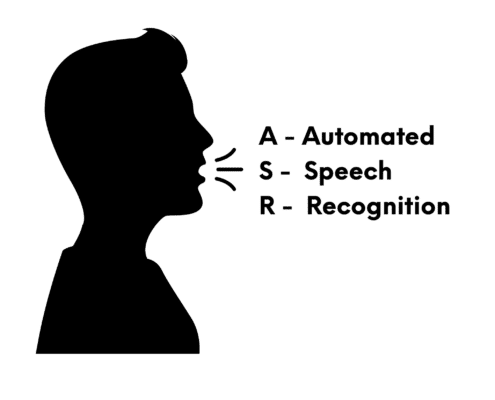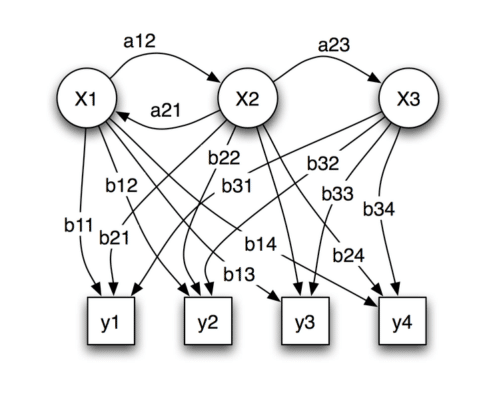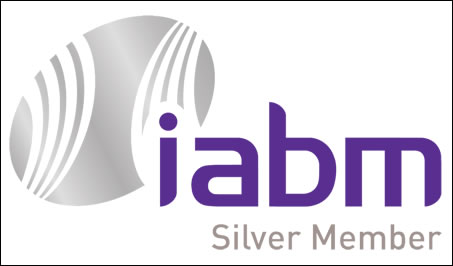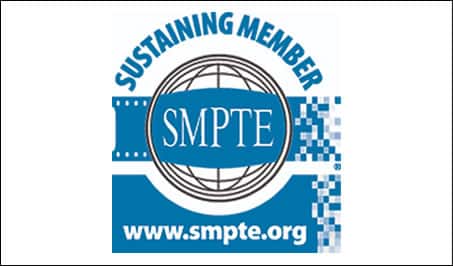SubCaptioner, VoCaption, WincapsASR, Q-LiveASR, More than just ASR
BroadStream has a suite of ASR solutions to meet virtually any captioning or subtitling needs.
Automated Speech Recognition and uses AI elements to convert speech to text. Our speech engine provides accuracy in the high 90’s depending on the language and can be used to replace or supplement human captioners. These solutions encompass new automation, as well as, hybrid and traditional human applications. Here’s a brief recap:
SubCaptioner
SubCaptioner is our on-line, automated solution for captions, transcriptions and translation. It accommodates both live and file-based content and is available in over 50 languages. Users can upload MP3 audio and MP4 video files, and receive captions in SRT, WebVTT and transcriptions in Word format within minutes for just 25 cents per minute for all three files. The system can also translate converted files into multiple languages for an additional 25 cents per minute taking a task that when provided by humans can cost hundreds of dollars and take several days and delivering highly accurate files for just pennies in minutes. New users can open a free account and receive 40 minutes free (20 minutes if using translation), just for signing up.
SubCaptioner includes an online editor that is easy to use along with custom dictionary at no additional fee. Visit SubCaptioner for more details.
WincapsASR
For enterprise users, WincapsASR is available as an on-premise or private cloud implementation. It’s a bybrid solution for handling hundreds of hours of content with human editing as a bonus. Files are uploaded and converted by our speech engine. Once converted, use Wincaps to QC the file and make any edits necessary to improve the already highly accuracy. WincapsASR is especially beneficial for clients needing higher security for their content or prefer to avoid moving their content outside of their domain.
VoCaption
Need live captioning or subtitling? VoCaption is our solution for low-cost, highly accurate live captioning. Using the most accurate speech engine available, BroadStream has added the necessary features to make it easy to turn on live captioning with just a mouse click or automation command from OASYS Integrated Playout. If you are a Polistream customer and interested in adding live, automated captioning to your channels, VoCaption can be integrated with many of the existing versions of Polistream.
Q-LiveASR
For broadcasters needing live captioning with human intervention Q-LiveASR is our enterprise solution that combines live, automated captioning with human editors to deliver an application that provides users with the ability to correct or edit live captions before they are published thus providing the ability to improve accuracy on-the-fly.
Please contact our Sales Team for details. If you use a 3rd party caption inserter and would like to know if VoCaption can work for you please contact our Sales Team or Support Team and we’ll be happy to help you.







